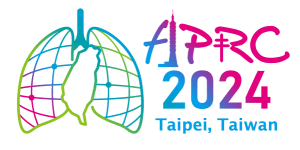Symposium 7:Regimen optimization and therapeutic drug monitoring
Mycobacterium tuberculosis complex with resistance against both isoniazid and rifampicin emerges due to the mismanagement of anti-TB treatment and continues to spread through person-to-person transmission. Rifampicin-resistant and multidrug-resistant (MDR) TB were estimated to account for about 4.7% of incident TB cases annually. The course of conventional drug-resistant TB treatment lasts for a long duration (at least 18 months or longer) using highly toxic second-line regimens with a low overall treatment success rate of 61%. The treatment-associated adverse events are the main causes of patients withdrawing from anti-TB treatment. Active surveillance of adverse events during MDR-TB treatment consistently showed an exceeding high prevalence of adverse events ranging from 71.3%-90.7%. The bactericidal and sterilizing activities of the anti-TB agents were dose-dependent. Many of the treatment-associated adverse events were also dose-dependent. However, there were wide variabilities between individuals in drug absorption, distribution, metabolism, and excretion. One-fit-all dose recommendations may not provide optimal drug exposure. To ensure adequate drug efficacy and to avoid toxicities of 2nd-line anti-TB agents, therapeutic drug monitoring (TDM) provides a practical solution to achieve the desired drug exposure for 2nd-line anti-TB agents.
| Time (GMT+8) |
Topic | Speaker | Country / Region |
|---|---|---|---|
| 14:50-15:20 | Model Informed Precision Dosing and Semi-automated TDM for Personalized Medicine of Antituberculosis Drugs | Dr. Jae-Gook Shin | South Korea |
| 15:20-15:50 | The role of the hollow fiber model system in optimizing combinational regimen for Mycobacterial diseases | Dr. Shashikant Srivastava | USA |
| 15:50-16:20 | Simultaneous Quantification of Anti-Tuberculosis Agents in Dried Plasma Spots using LC-MS/MS method | Dr. I-Lin Tsai | Taiwan |








